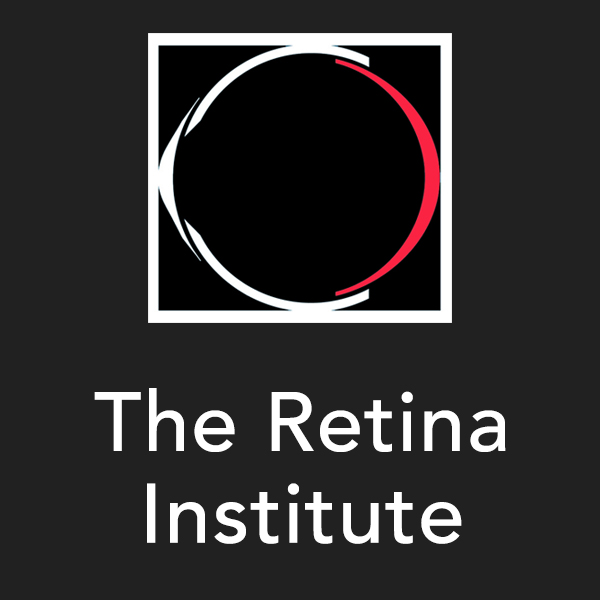Injections
Injection of drugs has become a popular way of treating many retinal diseases including age-related macular degeneration, diabetic retinopathy, and retinal vein occlusions. The number of intravitreal (inside the eye) injections has risen since the introduction of anti-VEGF medications.
Anti-VEGF drugs help block the growth of new abnormal blood vessels in the eye. Medications such as Avastin and Lucentis can be injected into the eye to prevent new blood vessels from forming. These vessels can leak fluid and blood into the eye causing swelling and vision loss.
Intravitreal injections are performed in the office using a local anesthetic. First, the eye is numbed with drops to alleviate discomfort. After the eye is cleansed, the drugs are then administered. Depending on the condition being treated, these injections may be repeated monthly.
These injections do not cure the disease; however, they can help a patient maintain their vision or keep vision loss at a minimum. In some instances, patients may experience an improvement in their sight.
Anti-VEGF medications may be used in combination with other treatment options, such as laser, photodynamic therapy and vitrectomy surgery.

